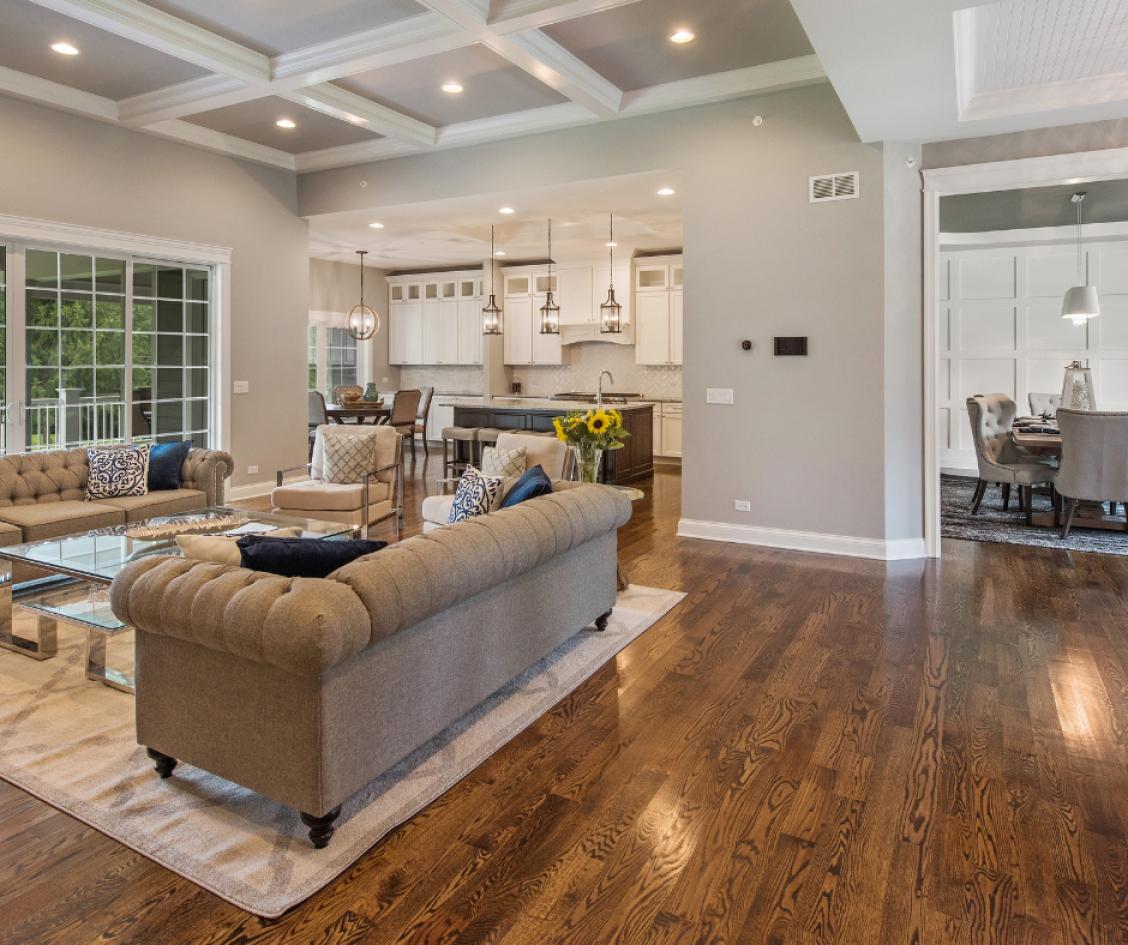Underfloor Heating: Adding Comfort and Efficiency to Your Home
The need for warmth grows more pressing as winter approaches. Underfloor heating is quickly becoming recognized as a preferable option, even if traditional radiators have long been the preferred choice. This cutting-edge technology is a desirable option for contemporary households because it not only offers unmatched comfort but also improves energy economy. We shall examine the advantages and drawbacks of underfloor heating in this post, illuminating why it's revolutionary for modern homes.

Effective Distribution of Heat
Radiant heat, which heats a space from the floor up, is the basis for underfloor heating. By ensuring even heat distribution throughout the room, this solves the frequent problem of temperature fluctuations that can arise with conventional radiators. Consequently, underfloor heating keeps the temperature in your house comfortable and constant.
Condensing Design
Subtle underfloor heating blends in perfectly with your flooring, unlike large, unsightly radiators that take up valuable wall space and may restrict where furniture is placed. This gives you greater creative freedom when it comes to interior design, enabling you to arrange furniture and décor anyway you see fit without sacrificing coziness.
Cost-effectiveness and Energy Efficiency
Systems for underfloor heating are naturally energy-efficient. They are the perfect complement to contemporary, well-insulated homes because they run at lower temperatures than traditional radiators. Over time, this efficiency results in lower energy costs and heating bills. You may have a more pleasant living space and a more cost-effective heating solution by taking advantage of underfloor heating.
Compatibility with Different Types of Flooring
Numerous flooring materials can be used with underfloor heating because of its great versatility. There is an underfloor heating option to fit your preferences, whether you want the cozy feel of carpets, the sleek, modern beauty of tiles, or the natural warmth of hardwood floors. Because of its versatility, it may be used in almost every space in your house.
Improved Air Quality Inside
Underfloor heating functions without the requirement for air movement, as contrast to forced-air systems that have the potential to circulate dust, allergens, and pathogens. Better indoor air quality results from this, which is advantageous for people who have allergies or respiratory issues. Radiators also remove the dust-collecting areas that are frequently present behind and around conventional heating equipment.
Adaptable Zoning Choices
Zones can be created by underfloor heating systems, giving you independent temperature control over different portions of your house. Homes with different heating requirements or multipurpose spaces benefit greatly from this degree of control. Additionally, it lets you adjust the temperature to suit personal tastes, which improves comfort and saves energy.
Decreased Emissions into the Air
Carbon emissions are reduced by underfloor heating systems because of their energy-efficient functioning. Their energy efficiency allows them to be more in line with eco-friendly and sustainable living practices. To further reduce their environmental impact, certain underfloor heating systems can also be combined with renewable energy sources.
An important development in house economy and comfort is underfloor heating. Modern homeowners find it to be a tempting alternative because of its capacity to save energy, provide uniform warmth, and improve interior design options. Investing in underfloor heating not only makes your living area more comfortable, but it also helps to make heating your home more ecologically friendly and sustainable. Accept this cutting-edge technology and witness the revolutionary effects it can have on your day-to-day existence. Bid farewell to cold floors and welcome to a comfortable, effective, and hospitable living space.


